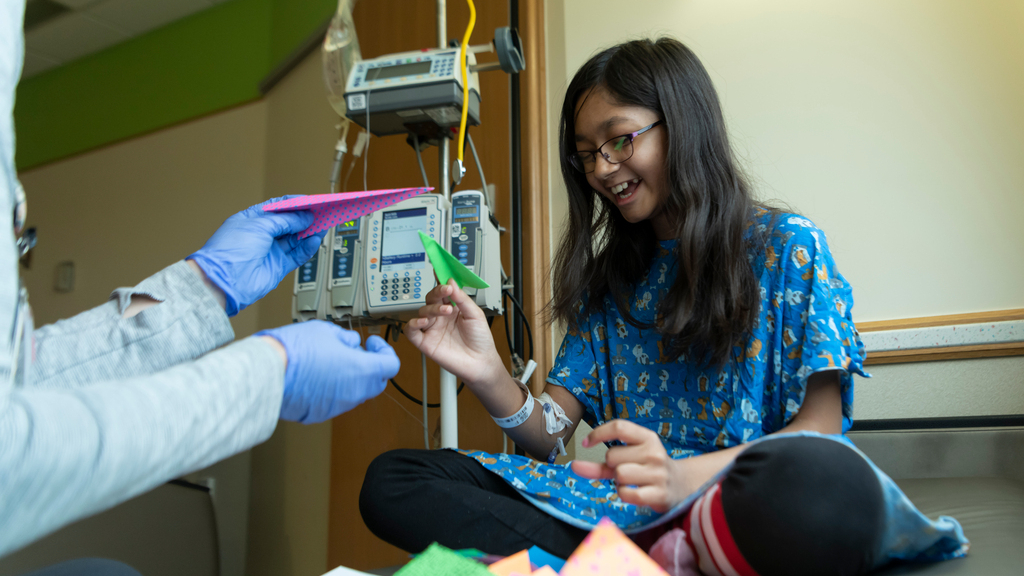Condition
Pediatric Lyme Disease
What You Need to Know
Lyme disease is an infection caused by bacteria. The bacteria are usually spread by tick bites.
Key Symptoms
Common symptoms of Lyme disease may include:
- A ring-shaped rash that looks like a bull's-eye
- Flu-like symptoms
- Nervous system symptoms
- Heart problems
Diagnosis
Doctors typically diagnose Lyme disease by:
- Physical exam
- Blood tests
Treatment
- Antibiotic medicine
Schedule an Appointment
Our pediatric specialists provide personalized care for your child’s physical, mental and emotional health needs. Meet our providers and schedule an appointment today.
Frequently Asked Questions
What is Lyme disease in children?
What causes Lyme disease in a child?
Which children are at risk for Lyme disease?
What are the symptoms of Lyme disease in a child?
How is Lyme disease diagnosed in a child?
How is Lyme disease treated in a child?
What are possible complications of Lyme disease in a child?
How can I help prevent Lyme disease in a child?
When should I call my child's healthcare provider?
Meet the Providers Who Treat Lyme Disease
Departments that Treat Lyme Disease

Infectious Diseases
Our Division of Infectious Diseases is the major referral center for infectious diseases in the Washington, D.C., area, helping thousands of patients each year, and actively promoting prevention through community outreach and education. Learn more about this division.

Help Kids and Make a Difference
Invest in future cures for some of life's most devastating diseases. Give today to help more children grow up stronger.







